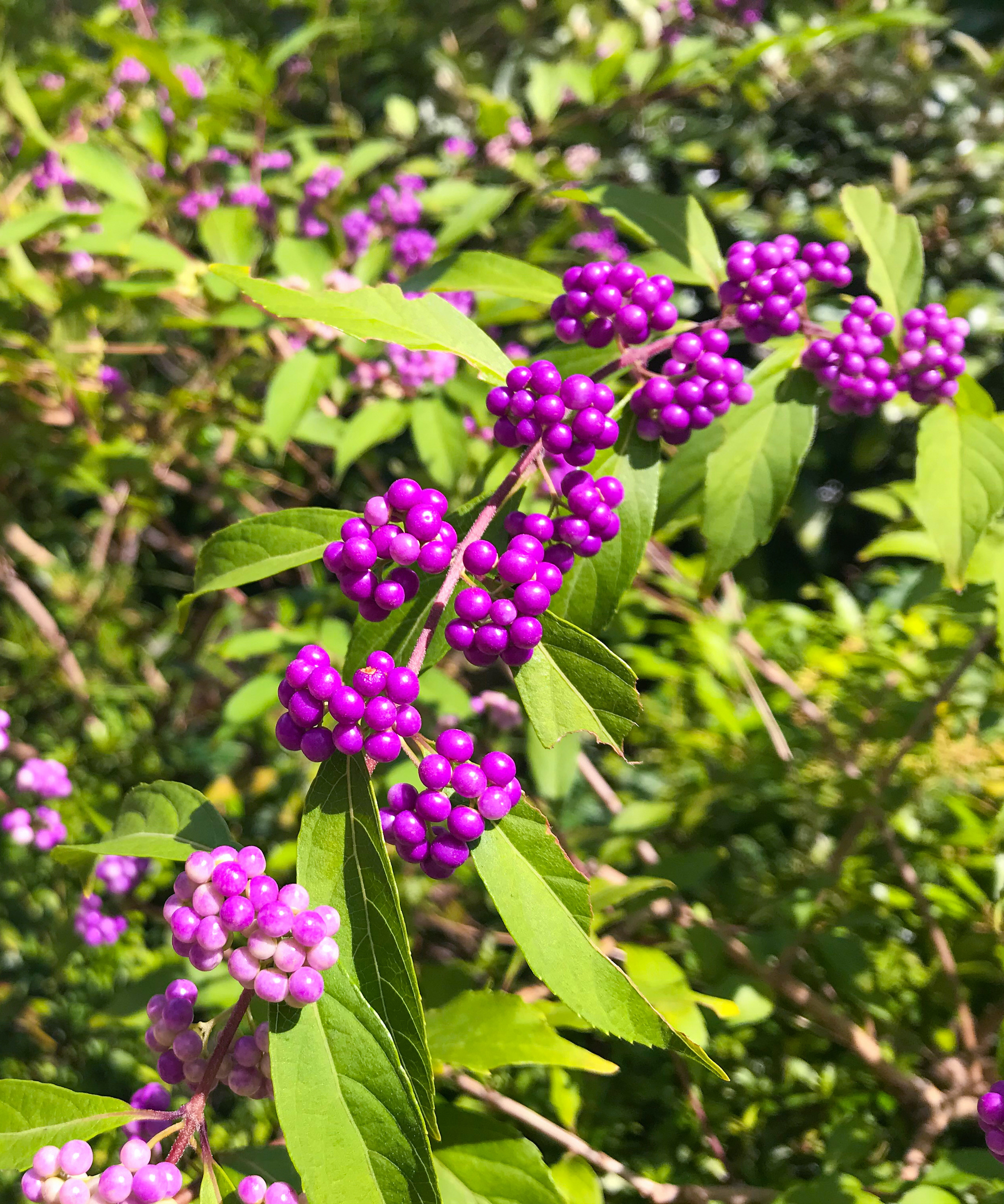
If you're trying to figure out what greenery to prune in spring, grab the shears from your toolkit and take some notes from our gardening experts.
Beyond the basics — hydration, nutrition, and sunlight — your flora might possibly need a tad more in the maintenance department, our gardening pros have dished all their tips in Pruning 101 to make things easier.
In order to ensure your small garden ideas are more stunning than ever, here's where to begin with those secateurs.
Flowers and greenery to prune in spring
It's important to learn what to plant in May based on the gardening zone you're in, but it's equally important to prune where necessary.
"Once flowers that bloom in early spring have finished flowering and the flowers have died back, they will need to be pruned back in order for them to produce plentiful blooms again next year," says Real Homes content director Lucy Searle.
Here's how to get the ball rolling (and the best secateurs to work with).
1. Pruning lilacs in spring

If you enjoy the rich color and aroma of lilacs, Lucy suggests pruning them in the spring right after they bloom. According to Sarah Warren, greenhouse manager at the Case Western Reserve University Farm, there are a few ways to go about the process.
"You can deadhead after the flower is spent and turned brown," she says. "Prune it at the base and will conserve energy for the tree. If the lilac is too tall, take out the largest branches and cut those at the base."
Typically, lilacs are roughly five to six feet, but can grow up to 15 feet, and can make for a pretty backyard privacy idea.
If they've become too tall to work with, Sarah suggests more extreme regenerative pruning. Cut your lilac down to about six to 24 inches off the ground in order to foster healthy growth.
"You cut the tree at the base so you can easily manage its height a little more," she adds.
2. Pruning beautyberry in spring

beautyberries are another purple pick in need of late winter or early springtime pruning.
"It often suffers from winter damage, so it's advisable to prune this in the spring," says Janna Bradley, coo and co-founder at Landscape Management Network. "After a good pruning, it will regrow, flower, and produce berries all in the same season."
Some experts suggests cutting back beautyberries to about a foot high in order to get greater results.
3. Pruning roses in spring

We picked the brains of our gardening experts for exactly how to prune roses and it's important to start the process in the spring during the dormant season, particularly when the final frost in your region has passed.
"Prune in early spring just as the buds start to swell," says Gene Caballero, co-founder of GreenPal. "This helps shape the plant, improve air circulation, and encourages strong new growth that can support blooms."
If you're pruning in your rose garden, you can do away with about a third of the plant. This might seem daunting, but will make the final results fuller than before.
Pay attention to your specific type of roses and prune appropriately as some will have varying needs.
4. Pruning ornamental grasses in spring

If you're working with ornamental grasses such as Japanese forest grass, you can take action in the spring with regenerative pruning.
"Cut back in spring before new growth starts to keep plants vigorous and well-shaped," Gene adds.
5. Pruning dogwood in spring

Last up on our list is pretty and dainty dogwood. When pruned in spring, these beautiful bushes will bloom with a high volume of small, white flowers.
Janna says, "As these shrubs emerge from the winter months, spring is the best time to prune them as the stems are fully exposed and the bark is most colorful. Removing some of the oldest stems (the ones that are thicker and darker) will make room for more colorful juvenile growth."
Meet our experts
FAQs
Is it okay to prune in the spring?
Although there are a lot of factors at play —including the location, local temperatures, frost risk, and plant types — pruning can takes place from late winter to early spring. Key factors in deciding whether to prune your plant in spring include when the final frost in a particular locale has passed and if the greenery in question has come out of dormancy.
What if you forget to prune?
Pruning does not operate on a "better late than never" mentality. If you missed pruning greenery for a particular season, it's probably best to move on in your gardening journey.
"I recommend just leaving it and being a little more prepared in upcoming years," Sarah says. "If you do go ahead with pruning [at the wrong time], you can risk really damaging the plant and exposing it to diseases and other pathogens."
With pruning underway, we asked our experts about planting vegetables in May and how to start the process. Psst: now is a good time to ready your herbs, too.







